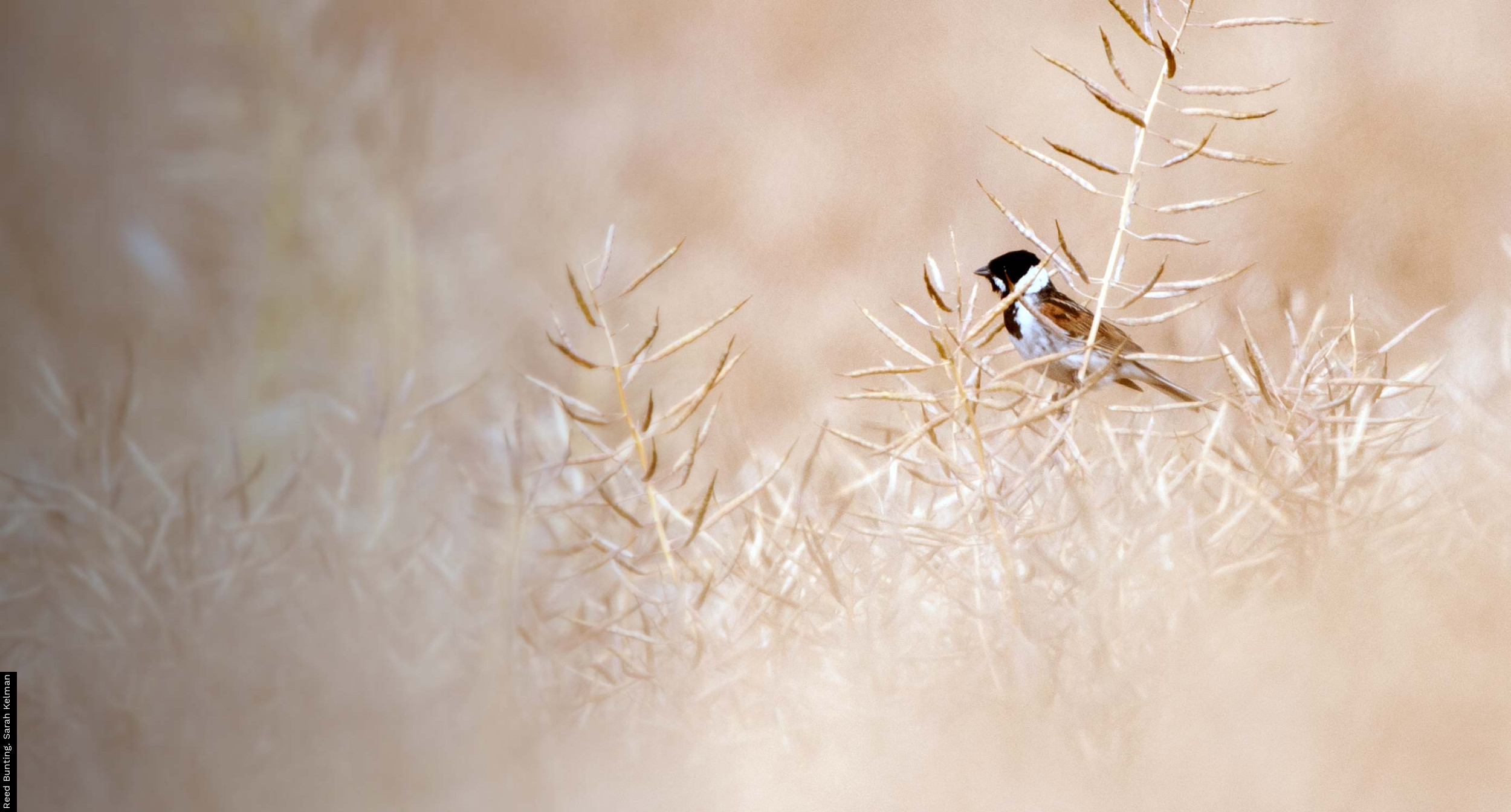Waterways Bird Survey 1974–2007
The Waterways Bird Survey (WBS) monitored the population trends of riparian bird species on canals and rivers throughout the UK during the breeding seasons of 1974–2007. WBS used a territory-mapping method like that of its parent scheme, the Common Birds Census, to estimate the breeding population of waterbirds on each of a number of observer-selected survey plots. Detailed territory maps were prepared alongside habitat data that show which features of linear waterways are important to breeding birds. The plots averaged 4.4 km in length. Almost half were slow-flowing lowland rivers with the rest either fast-flowing rivers/streams or canals. In the scheme's closing years there were around 90 plots distributed throughout the UK. The north and west of Britain were better represented by WBS than by the CBC although, as with CBC, coverage outside England was relatively poor (Marchant et al. 1990).
All fieldwork was carried out by BTO volunteers. Observers were asked to survey their plots on nine occasions between March and July, mapping all the birds seen or heard onto 1:10,000 maps (six inches to the mile). Registrations were then transferred to species maps, which were analysed to reveal the numbers and positions of territories for each species. For the first 20 years all territory analysis was performed by trained headquarters staff but, during 1994–2007, observers mostly completed their own territory analysis, based on the scheme's written guidelines, with results checked and corrected by BTO staff. As WBS employed very similar methods to those of CBC, the validation studies carried out for the latter generally held true for WBS (see CBC section). Marchant et al. (1990) found that there had been little change by 1988 in the composition of the WBS sample, in terms of waterway type or geographical spread.
Population changes along waterways have been reported historically for up to 25 riparian species. For specialist waterbirds, including Mute Swan, Goosander, Little Grebe, Common Sandpiper, Kingfisher, Sand Martin, Dipper and Grey Wagtail, targeted surveys along waterways can provide a better precision of monitoring than is possible through the more generalised BBS surveys. Waterways indices can also add a new perspective on trends in waterbirds that are monitored, largely in different habitats, by CBC/BBS. For Lapwing, for example, populations declined rapidly on arable farmland during the late 1980s while numbers on WBS plots, typically representing populations along river floodplains, were more stable. Yellow Wagtails have declined much more steeply alongside rivers and canals than elsewhere.
Waterways Breeding Bird Survey and joint indices
WBS had limitations as a monitoring scheme similar to those that led to the CBC's replacement by BBS. In particular, plot distribution was biased geographically and possibly also towards sites that were good for birds, and an intensive survey method was used that severely limited the sample size (Marchant et al. 1990). A drawback specific to WBS was that it only covered waterbirds.
BTO addressed these issues by setting up the Waterways Breeding Bird Survey (WBBS), which ran in parallel with WBS from 1998 to 2007 and now continues as a permanent annual survey, supplementing BBS. WBBS uses BBS-style transect methods along random waterways, and includes all species of birds (and mammals, too). WBBS has previously received some of its funding from the Environment Agency. In 2014, it began collecting most of its data online via the BBS Online web application. Since 2016, it has been fully integrated with BBS as part of the BTO/JNCC/RSPB BBS partnership, and WBBS results are now published annually in the BBS report.
Trends are available from WBBS alone for more than 80 species. These include the waterbirds previously covered by WBS and a further range of common species for which waterways are not the primary habitat. WBBS-only trends are of relatively short duration (since 1998) and are not presented in this report.
In a similar development to joint CBC/BBS indices, it has proved possible to link the two waterways schemes to provide joint WBS/WBBS indices, some dating back to 1974, for the species previously covered by WBS (see below).
Data analysis and presentation
Population trends are generated from the combined WBS and WBBS data using a generalised linear model with counts assumed to follow a Poisson distribution and a logarithmic link function. Standard errors were calculated via a bootstrapping procedure involving 199 replications. For presentation in the figures, both the population trend and its confidence limits were also subsequently smoothed using a thin-plate smoothing spline. The overall result is a smoothed trend that is mathematically equivalent to that produced from a generalised additive model, as previously used for the WBS data alone.
This report should be cited as: Woodward, I.D., Massimino, D., Hammond, M.J., Barber, L., Barimore, C., Harris, S.J., Leech, D.I., Noble, D.G., Walker, R.H., Baillie, S.R. & Robinson, R.A. (2020) BirdTrends 2020: trends in numbers, breeding success and survival for UK breeding birds. BTO Research Report 732. BTO, Thetford. www.bto.org/birdtrends





Share this page